State of Charge
Charging Station Reviews
We independently review every item we recommend. If you buy through our links, we may earn a small commission that helps us continue to make quality content for you. Thanks for your support!
Schumacher SEV1600 EV Charging Station Review
Another well-established and trusted brand enters the electric vehicle charging equipment market
Table of Contents:
With electric vehicles becoming more commonplace, many homeowners are looking into integrating an EV charging station into their home power system– allowing for quicker, more convenient charging while also increasing their home’s resale value. That makes obtaining a quality piece of electric vehicle supply equipment (or EVSE) even more critical.
Enter Schumacher Electric, a Texas-based manufacturer of electrical components and power-converting products for over 75 years. They put their solid background in the industry to good use by developing and producing the Schumacher SEV1600 series of EV charging stations, introducing the line in mid-2022. These powerful devices come in three different variants (both for hardwiring and plugging in) starting at $649. Eager to put this charger through a comprehensive review, we reached out to the company and were granted a loan of one of the units for just this purpose.
Key Specs of the Schumacher SEV1600
When you open up the box, you’ll find nearly everything you need to get started. The body of the unit comes with a separate charging cable and its J1772 connector, an attachable cable cradle, a separate NEMA 6-50 or NEMA 14-50 plug (if you purchased a plug-in version), an installation guide, a mounting template, and a handful of screws. Unlike most chargers I’ve tested, the cable and plugs for this unit don’t come attached to the unit, meaning that there is some assembly required for the customer or their electrician. The only other unit that I’ve seen do this was the Charge Point Home Flex.
Using one of the plug configurations will limit the Schumacher SEV1600 to delivering 40 amps with a maximum of 9.6 kilowatts of power, but that might be a reasonable trade-off in exchange for the ease of having a plug-in unit. To get started with installing the plug-in version of this unit, you'll want to check out this section of my video for a visual summary on setting the amperage output and attaching the cables, since you'll have to do some work inside of the device first. Next, slide the cable cradle into place on the back of the unit and secure it in place; or, if you prefer, you can install the cradle in a separate location that's more convenient for you. To complete the installation, use the mounting template to drill your holes in the center of a stud (this is a pretty heavy unit, after all), then screw in the upper screw to hang the body on. Then it's just a matter of hanging the unit up, putting the lower screw in place, and plugging the unit into a nearby outlet to begin charging.
Hardwiring comes with its own set of options. If you choose to hardwire the unit on a dedicated circuit of at least 70 amps, you can take full advantage of all 12 kilowatts of power for maximum benefit. However, most homeowners will probably install it on a 60-amp circuit instead, which limits the power output to 48 amps and 11.5 kilowatts. Since the installation of a higher-rated circuit comes with increased material costs and most EVs can't accept more than 48 amps anyway, it may not be worthwhile to upgrade your breaker for only two more amps of power.
I think it's better to have charging stations hardwired to reduce the possibility of an electrical failure in your home, and I'll always advocate for the use of a licensed and bonded electrician to do the job. I personally recommend my channel sponsor Qmerit for the job. As North America’s leading provider of installation services for EV charging, home energy storage, and other electrification technologies, you can count on them to get the job done right.
No matter what variant you decide to go with, the Schumacher SEV1600 will provide you with Level 2 charging through a 240V or hardwired connection. Depending on your vehicle’s efficiency, the manufacturer estimates that you will be able to get around 20-60 miles of range per hour charged using this option.
The SEV1600 does come with a J1772 connector, meaning that it's compatible with any North American EV– including Teslas, which come with a J1772 adapter as standard equipment. The 25-foot charging cable gives you plenty of flexibility in reaching your charging port. Its NEMA 3-rated enclosure is weather-resistant, and in addition to its 3-year warranty, the SEV1600 is also safety certified and Energy Star rated. In addition, it comes with built-in LED lights that light up when the unit is actively charging a vehicle.
Since this is a WiFi- or Bluetooth-connected smart charger, Schumacher has developed an app to be downloaded for use alongside of its device. The Schupower App is meant to allow users to monitor their EV charging status remotely, track their vehicle charging history, and troubleshoot issues, but unfortunately, we weren't able to get it to work. While we could connect the app to WiFi, it refused to display any charging data or even acknowledge that the vehicle was charging. What's even more unfortunate is that other users report similar problems, so it seems like Schumacher has more work to do before the app is of much use.
Testing
In order to get a good picture of the Schumacher SEV1600's capabilities, I used it over the course of several weeks to charge a Tesla Model 3, a Ford F-150 Lightning, and a Rivien R1S. I also evaluated how well it fared when exposed to some more extreme conditions. I do that because EV charging stations aren't a small investment, and no one should find themselves stuck with a unit that doesn't work or fails to meet their needs. Instead, I test them out so you don't have to. So how did the SEV1600 do?
The Automatic Restart Test
The first test we do is an automatic restart test, where I plug the unit into a vehicle and then shut the power off to simulate a power outage. We do because if your EV is charging overnight and you have a temporary power outage, you want to make sure that the EV resumes its charging cycle as soon as power is restored. Some EVSEs that we've tested fault out and won't restart, which could potentially leave you with a huge problem if you wake up to a car that never charged. The Schumacher SEV1600 passed this test with flying colors, quickly continuing to charge as soon as the power came back on.
The Cable Deep Freeze Test
This test is primarily for those in the northern states, since if you live in places like southern California or Texas, you're probably not worried about having a frozen cable when you wake up in the morning. For those of us in the north, it can be a real issue– especially if a charging station is mounted outside during the winter months. In order to test how the Schumacher SEV1600 would handle subzero temperatures, I wound the unit and its cables up and put it into a commercial ice cream freezer for 24 hours. When it came time to pull it out, the interior temperature measured at -14.5° F (-26° C). After reattaching the unit to the wall, I tried to unwind the charging cable. The thick, solid cable remained coiled up like a spring, making it extremely difficult to maneuver or put back on the cable holder. This is a huge fail for the cable deep freeze test. If you want an EV charging station that's better able to handle cold weather, I'd have to recommend checking out the Charge Point Home Flex instead.
The Connector Drop Test
While I have the connector frozen, I like to drop it five times from about waist height to the concrete floor of my garage to test its durability. Those things are bound to be dropped during the course of their use, and you want to know that it's going to be able to endure some rough treatment. The Schumacher SEV1600's connector feels good in your hand, and I'm glad to report that it passed the connector drop test without any issues or damage.
Because not everything is quantifiable on a chart, I also give the products I test my own personal score. The SEV1600 only received 4.1 stars from me; it would definitely have been higher if the app worked and the charging cable had performed a little better under cold conditions. After combining and averaging those scores, the Schumacher SEV1600 came away with a final score of 4.2 stars out of 5. There are some improvements that could be made, but overall, it's a decent EV charger and another one to add to my recommendation list.
The Schumacher SEV1600 EV charger is currently available for $499.99on Amazon (as of April 1, 2024). Take a look at my full review in the video above, and let me know if you have any questions or comments in the comments below.

By: Tom Moloughney
YOU MIGHT ALSO BE INTERESTED IN:


EVChargingStation’s Comment Policy
We welcome polite, respectful comments, but rudeness and personal attacks will not be tolerated. All comments are reviewed prior to publication. Thanks for joining in the conversation!

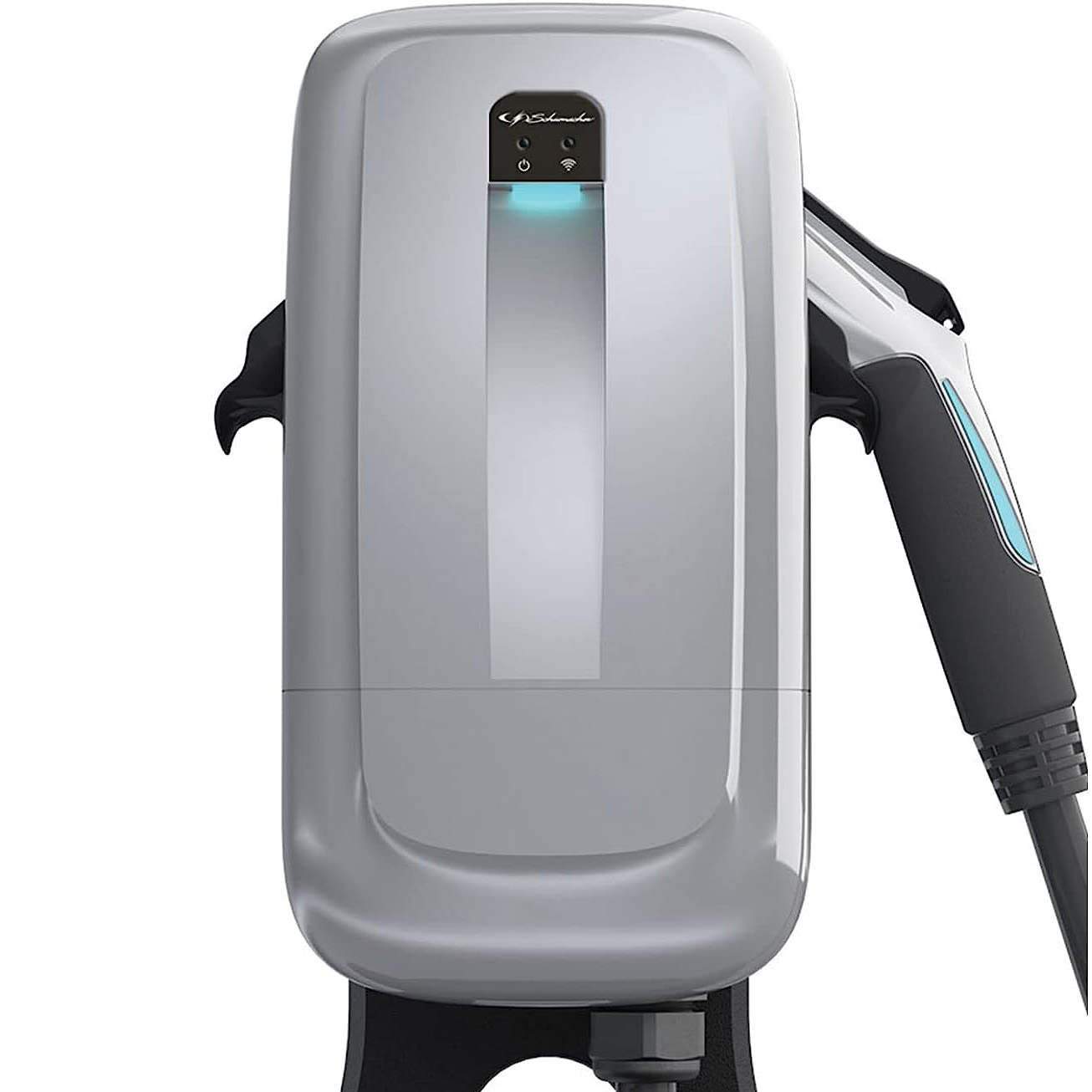
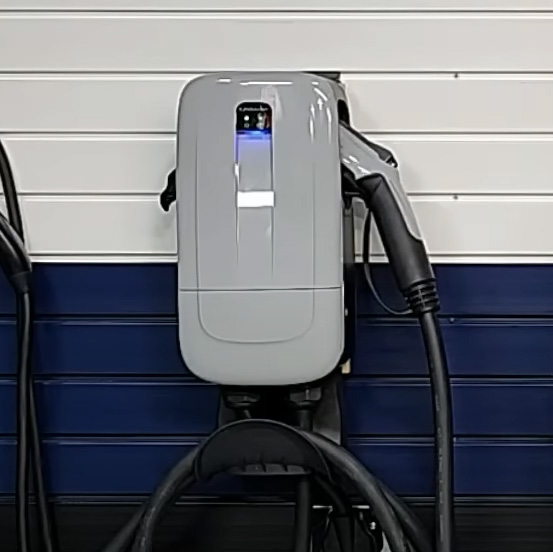
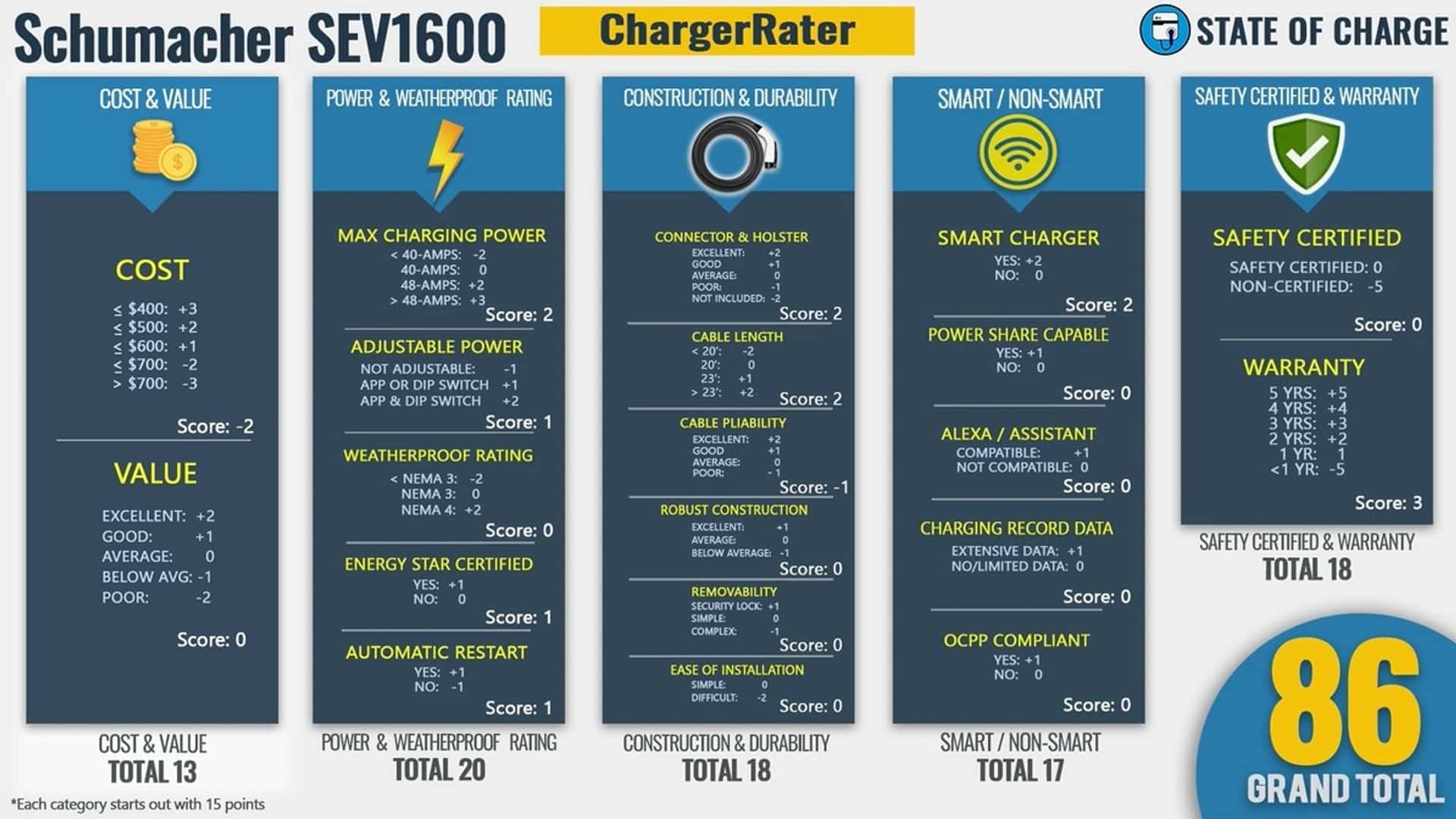


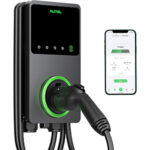

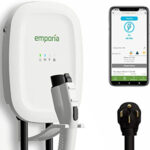

0 Comments